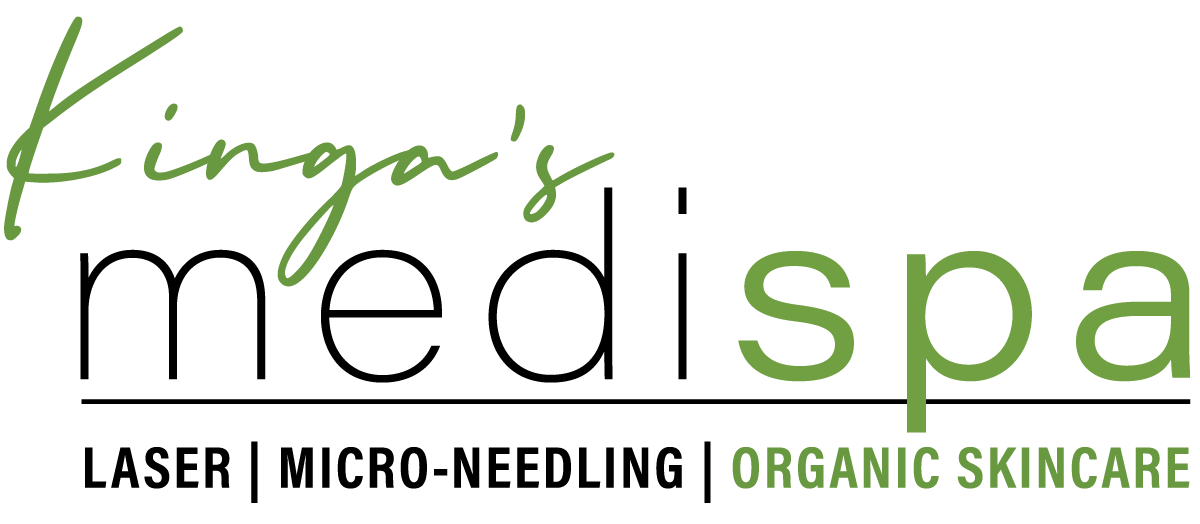Skin Pigmentation - Definition, Cause and Treatments
What is skin PIGMENTATION?
Unwanted pigment is something that affects everyone at one point or another. Some people see it appear faster and easier than others. The general public may know pigmentation as freckles, age spots, liver spots, scarring, or uneven skin tones. Pigmentation is tough to treat and it is an ongoing process. You have to be patient when working with clients that are trying to combat pigmentation as you will not see results over night.
What causes pigmentation?
Melanin is the pigment that gives our skin, hair and eyes their color. It is made in a cell called a melanocyte that sits in the bottom of the epidermis. Everyone has the same amount of melanocytes but in darker skin the melanocytes are producing more melanin making the skin have a darker tone. When the skin gets inflamed, a copper enzyme called tyrosinase goes to melanocytes and tells them to produce extra pigment. This is how we get unwanted pigmentation in the skin.
Where does pigmentation come from?
There are several reasons why skin becomes inflamed. The main reason is exposure to the sun. That nice golden tan that you get from laying out in the sun is actually your skin trying to protect itself from the damage that the sun is doing to the skin. Really any time that the skin is exposed to heat there is a risk of developing unwanted pigmentation.
Chemical peels are very popular and effective treatments for a variety of skin conditions such as: pigmentation, aging, acne, photo-aged skin and more. When you get a chemical peel, work with your aesthetician to select the correct peel for your skin's needs. This includes giving them a full history of medications you use, what your main concerns are with your skin, and what kind of results you want to see.
It is also very important that as you heal from a chemical peel you do not pick the peeling skin off. As your skin heals it will shed and fall off when it is ready to come off. If you take the skin off before it is ready to shed, it may result in unwanted pigmentation and scarring.
You can also get pigmentation from picking acne on your face before it is ready to be popped. Constant picking of fthe skin creates inflammation and you are left with a red or purple spot on the skin. Not only resulting in more irritated skin but pigmentation and potential for scarring and more acne.
Pigmentation can also be a result of medications that you are taking. The most common medications that contribute to pigmentation are antibiotics, NSAID’s, diuretics, sulfonamides, and anti-depressants. These medications will make you sensitive to the sun, increasing your risk of getting sun burned, which contributes to pigmentation.
Hormones also play a huge roll in the cause of pigmentation. Melanocytes are stimulated by estrogen and progesterone so when hormone levels are unbalanced like when you start taking birth control pills or when you are pregnant, you have a much higher risk of developing unwanted pigmentation.
How long does it take to treat pigmentation?
Depending on the severity of pigmentation, it can take time and effort to get the results you seek. Working with a certified and licensed aesthetician will help you to know what kinds of treatments, products and ingredients you need that will best suit your skin's needs. Aestheticians are trained in creating custom treatments for your skin type and can hyper-focus on your skin's concerns and needs. They can also give you direction in the use of a regular home care regimen, which can help to boost the results of the treatments you get.
We have several products created specifically for lifting and preventing pigmentation. Our Diamond Bright Skin Lightener reduces pigmentation and brightens the skin through cutting edge technology, evening out skin tone and dark spots for a younger and brighter-looking complexion. Diamond Bright controls UV-induced pigmentation through advanced drone technology and only targets damaged melanocytes.

